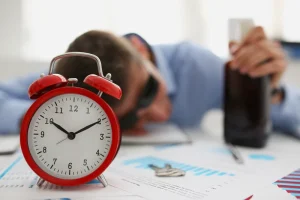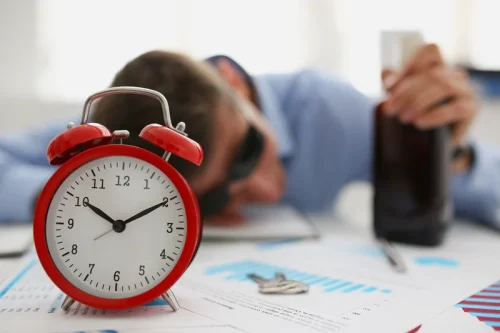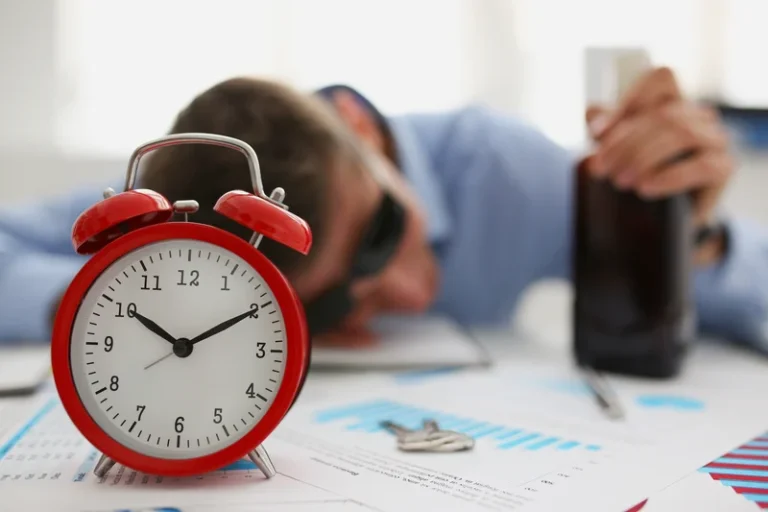Use, Abuse, and Dependency: Understanding the Addiction Process NCBI Bookshelf

We provide our readers with factual, evidence-based content concerning the causes and nature of addiction, as well as available treatment options. However, this informative content is intended for educational purposes only. It is by no means a substitute for professional medical advice, diagnosis, or treatment. With regard to any addiction-related health concerns, you should always seek the guidance of a qualified, registered physician who is licensed to practice medicine in your particular jurisdiction. You should never avoid or delay addiction vs dependence seeking professional health care advice or services based on information obtained from our website.
- Thus, a lack of understanding in variability according to dose level and individual variability is a clear limitation across the majority of studies examining the potential for neurocognitive enhancement from prescription stimulants.
- Brady reported that although Hispanic men in the United States use and abuse alcohol at a high rate, almost 50 percent of Hispanic women do not drink at all.
- Things changed with the 2013 publication of the manual’s fifth edition, the DSM-5, which combines substance abuse and substance dependence into a single category called substance use disorder, which has levels ranging from mild to severe.
- An addiction causes people to act irrationally when they don’t have the substance they are addicted to in their system.
Does tolerance lead to dependence?

It is imperative that greater discussion, research, and public policies be developed to address this societal issue. Misuse of prescription stimulant medication also occurs in the general population, although perhaps to a somewhat lesser extent; for example, Novak, Kroutil, Williams, and Van Brunt (2007) reported an overall prevalence rate of 2% among individuals ages 18–49. Recently, Austic (2015) reported that the peak ages for beginning misuse of prescription stimulants was between 16 and 19 years, with 0.7% to 0.8% of young people reporting nonmedical use of stimulants for the first time in the past twelve months. Although most of the research concerning prescription stimulant misuse has been conducted with undergraduate student populations, research also has documented that misuse of prescription stimulants occurs among other demographic groups. A recent study of graduate students revealed a lifetime prevalence rate of approximately 17.5% (Verdi, Weyandt, & Zavras, 2014).
How Does Stigma Affect People with Addiction?
Instead, the data show that improvement might better be measured in terms of temporary abstinence or decreased drug and alcohol use; a decrease in health care costs and crime; and better job performance, family relations, and psychological well-being. The therapist’s goal for the patient may be abstinence, Kleber noted, but the patient’s goal, at least initially, is usually “controlled use.” Relapse occurs frequently until the patient learns this is not usually a viable goal. “Just as the disease of addiction can be progressive, with a possible fatal outcome if untreated,” Kleber said, “recovery can also be viewed as progressive, with many patients learning from their failures and improving with each relapse and treatment episode.” In the Macy report, L. Drugs, alcohol, and tobacco all exert certain effects on the brain and its reward system. The pleasurable feelings that come from smoking, drinking, and taking drugs can reinforce the desire for those substances. But large-scale studies during the last two decades revealed a population of people who were having problems because they took drugs and drank too much alcohol.
What’s the Difference Between Addiction and Dependence? Actually, the Term That Matters Most Is ‘Treatment’
In fact, for some people, trying a substance or using it occasionally can be the first step of developing substance use disorder. Substance use disorder is considered to be both a complex brain disorder and a mental illness that is classified as mild, moderate, or severe based on criteria met by each individual, says O’Neill. For more information about addiction, talk with a healthcare professional or contact a local rehab center for guidance on the best option for a successful recovery.

The study blamed the rise on the large number of people who would begin turning 65 at the end of the century. He also sees people who have taken heroin without developing an addiction, yet they can’t seem to stop smoking and give up nicotine. He sees some people who took just a few weeks to develop an addiction to opioids, while others had a slower journey to their addiction. Most people today seem to use the terms “addiction” and “dependency” interchangeably.
- In this edition, the definitions revolving around addiction were changed once again.
- Studies that examined the effects of prescription stimulants on executive functions included a variety of tasks that measured cognitive flexibility, calculation, verbal fluency, planning, and decision-making.
More on Substance Abuse and Addiction

An openness to accept the abuse is also paramount to successfully treat the illness. Organizations such as AA and NA have had better than average success in reducing relapse. Many people who use the term “dependence” are referring to physical dependence. Treatment involves a professional assessment and treatment plan to meet the person’s individual needs for sustained recovery, says O’Neill. “The treatment plan can vary depending on several factors, such as severity of use and the person’s resources and sources of support.”
What Is Moderate Drinking?
- Instead, the data show that improvement might better be measured in terms of temporary abstinence or decreased drug and alcohol use; a decrease in health care costs and crime; and better job performance, family relations, and psychological well-being.
- So unless it is urgent, gradually cutting down on the amount and how often you use it should make it easier.
- The solution in the DSM-5 was to combine the categories of “substance dependence” and “substance abuse” into one category called “substance use disorder” under a chapter heading called Substance-Related and Addictive Disorders.
- Remission can be divided into four subtypes — full, early partial, sustained, and sustained partial — depending on if and when any of the criteria for abuse or dependence have been met.
If your health insurance company determines that a particular service is not reasonable and necessary, or that a particular service is not covered under your plan, your insurer will deny payment for that service and it will become your responsibility. Our writers and reviewers are experienced professionals in medicine, addiction treatment, and healthcare. AddictionResource fact-checks all the information before publishing and uses only credible and trusted sources when citing any medical data.

